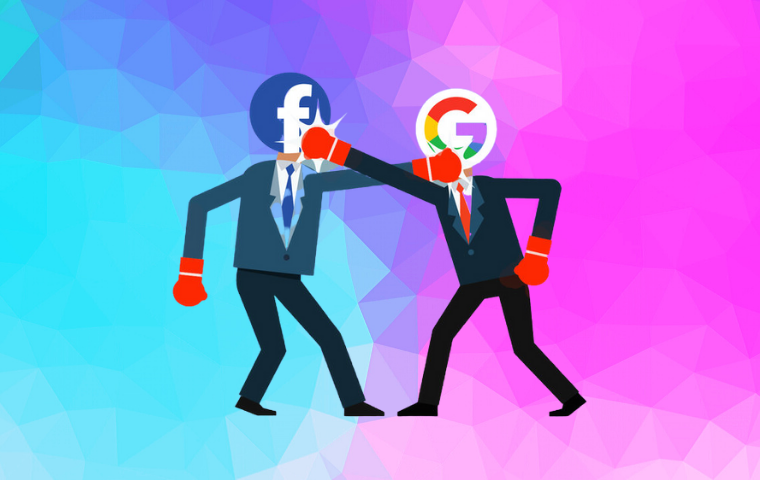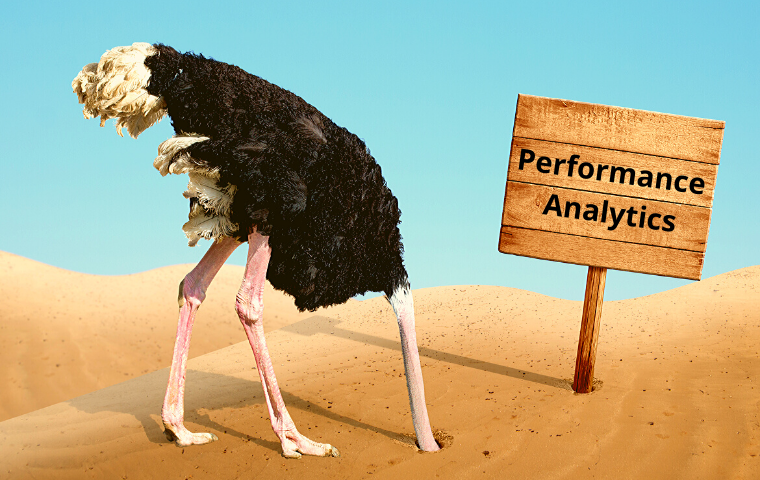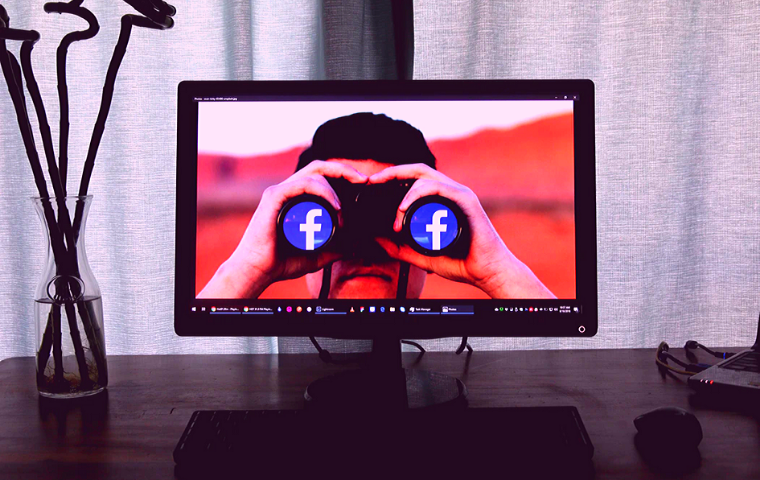Sharing is caring!
Are you struggling with your Facebook advertising? Startups and Tech companies from all industries understand today how powerful Facebook can be to their business. You can promote a B2C mobile application or B2B SaaS platform. Your customers spend their time on Facebook every day.
When you start using the Facebook advertising platform, you quickly understand it is not like Adwords. The users on Facebook do not have intent and they are not looking for something specific. However, Facebook provides businesses powerful targeting capabilities to reach their target audiences with tailored messages. In the last few years, Facebook advertising has become a central part of many companies’ digital marketing strategies because of its reach to 2.5B monthly active users. You got that right. 2.5 Billion.
Now it’s quite obvious why every startup or business has to advertise on Facebook.
Let’s talk about a few of the biggest mistakes startup marketers and CEOs make when approaching Facebook advertising, so you know what pitfalls to dodge.
1. Spending on Social Goals Instead of Business Goals
Whether you’ve got prior experience with digital marketing or not, your first foray into social media tools will be different from anything you’ve done before. Social engagement often drives exposure on these platforms, providing a significant boost to advertising reach and conversion rates.
Unfortunately, it’s easy to get lost in social engagement goals, and even easier to spend money on it that could be put to use elsewhere. Building likes, increasing comments on threads, and aiming for post sharing are all worthwhile goals, but your social media team should focus on your business goals – customer acquisition cost, Lifetime Value and Return on Ads Spend. Why? There are a few good reasons:
- Your page likes are not your customer base; customers will find you when they have a need your goods and services will fill.
- Conversions to business goals like mailing list sign-ups, or app installs bring more engagement with your product than social media interactions.
- Customers who can easily reach your product information and sales team will seek out your social media, building those numbers while you build a solid income stream.
There’s another closely related mistake that ties into this as well, which is having multiple objectives for your campaign. The best marketing strategies for startups emphasize single-goal advertising. Pick website conversions, store sales conversions, or another easy-to-measure goal for your campaign. If you need to pursue multiple goals at once, you can work with your team to develop a few smaller campaigns to pursue individual goals, making it easier to target the ad to the objective without muddying your message.
Need Help Growing Your Company?
2. Bringing Expectations From Other Platforms
Most of the time, when marketing professionals have digital experience but not social media experience, there’s a temptation to assume conversion rates and strategies on other platforms will be similar. That’s why some pros with years of experience fine-tuning Adwords and other platform advertising campaigns stumble when it comes to Facebook.
There are always some similarities, but Facebook users don’t have the intent that users coming from search traffic have.
Actually, users on Facebook are not looking to buy anything. They just want to spend a few minutes without making any decisions or buying anything. You should expect lower Click-Through-Rates and conversion rates throughout your funnel, but eventually, your return on ad spend should be the most relevant key performance indicator.

That means you need to do the research into those differences and build your plan to suit the platform. Facebook allows you to run advertising campaigns to the entire sales funnel and reaching potential customers before they even know they need the solution you offer.
Even moving from another social media platform to Facebook can be rough, because the algorithm for visibility and the ad bid process can differ a lot from environment to environment.
3. Targeting Too Broad or Too Narrow
Imprecise targeting is a common mistake across the board, so don’t be too upset with yourself or your team if you wind up falling into it here and there, even after planning to avoid it. It’s extremely easy to wind up with a few successfully targeted campaigns and then one that doesn’t get off the ground, even for seasoned Facebook advertising teams.
One of the ways that advertising on Facebook winds up off the mark is because of an over-reliance on interest targeting over-targeting with your target audience in mind. Interests allow you to present your ad to an audience who has already engaged with posts, ads or pages with related topics, but it’s not the only targeting metric that matters.
Narrowing your audience by age and gender are also extremely important. Don’t target just interests. Target your ideal customer profiles taking into consideration all their attributes.
Using general interests can wind up spreading the exposure too widely to get the best impact from your budget. Using interests that are too specific, can lead to a too-narrow target range that doesn’t reach as many people as you wanted.
Combine interests with other demographics like age, gender, the location that are related to your product or service. It’s probably not a good idea to target just people who like your page and their connected friends while your social goals are still in their early stages, but you can always take aim at people who follow your competitors.
4. Ignoring Platform Performance Analytics
This sounds like an obvious mistake that anyone would catch right away, right? Wrong. If you’re following the advice from the first section and focusing on a single business goal per campaign, it’s easy to pull out basic performance numbers from Facebook and analyze the data. It’s a simple, easy way to get a big-picture look at your current progress toward goals, but it’s easy to see numbers that you like there while missing opportunities to do even better.
Facebook has worked to make its ad performance data incredibly granular in recent years, which means you can identify more trends more quickly. That high-resolution feedback also lets you see whether you’re missing key customer demographics with current targeting, if your conversions are demographically lopsided compared to your projected customer base, and how your campaigns stack up next to each other.
In addition, Facebook allows you to breakdown your data by age, gender, platform, device, locations, and other campaign attributes.
This is where the GOLD is!

If you’re looking to run the most efficient, impactful Facebook advertising campaigns you can, you need that information. You might be successful without it, but you’ll be more successful with it. The information doesn’t do you much good without the expertise to put it to use, either.
5. Selecting the Wrong Ad Type or Placement For Your Goal
Advertising for startup companies means getting the most out of a constrained budget because your ad investment has to be balanced against the other needs of your fledgling company. That’s why the Facebook platform can be so powerful when used well. There are a lot of different ad types, sizes and placements to choose from, and the team at Facebook is constantly tweaking the way they behave, introducing new options, and winding down choices that are less widely utilized.
That means it’s easy to get lost in the choice, and it’s also easy for beginners to accidentally pick an ad type or placement that would not be optimal for your offer or audience. One common mistake? Not using Instagram for young audiences or promoting on Instagram relevant types of products like e-commerce, entertainment or lifestyle.
Another common mistake is not using a video ad when promoting a unique physical product and therefore not presenting its attractive functionality.
Finding the best ad type for your goal, offer, and the audience is critical to the success of your campaign. You need to understand your offer and audience and where they will work best and how to present your product or service in your ad, before creating it.
Need Help Growing Your Company?
6. Optimizing Your Facebook Ads Too Often
Many Facebook advertisers are checking their campaigns every 10 minutes. Changing, editing or pausing their ads without giving them a real chance to succeed.
This is like going to the gym for the first time and immediately looking in the mirror to check how slim you got…
You need to allow your ads to gain data and let Facebook’s algorithm kick in and do its thing. It can take Facebook 48-72 hours to start driving the right audience. Another common mistake is optimizing before you have enough data or looking at small time frames. Let’s say you have a great ad that worked well for a few days and then one day stopped performing that well. Would you immediately pause it? Of course, you don’t. There could be different reasons why the performance dropped – a weak day of the week, holiday or just a statistical glitch
Conclusion
To get the most out of ads on a complex platform like Facebook, you need to know your stuff. Facebook requires that you have a full sales funnel in place and the strategy of how to take users with no intent and that are not familiar with your brand and convert them to customers.
This requires that you understand your customers well, what are their pain points and how to solve them. You need to figure this out before even talking about how to use the platform…
At this point, you already understand that it is not simple, but if you learn how to use Facebook’s advertising platform and avoid the mistakes we talked about in this article, there is a great reward waiting for you.



